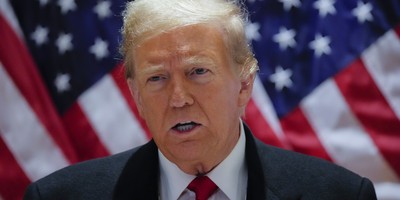Gold started the week with a bang but tanked mid-week and didn’t quite make it back to even. While technically down for the week, the difference was only $3.00 an ounce and on low volume that difference is largely meaningless.
We ended the week in gold trading at $1,615.19 and silver at $28.06, for a week-ending silver/gold ratio of 57.5.
There’s been a lot of speculation about what might be holding the floor on gold prices, but the explanation is really not all that complicated. All you have to do is look at the accumulation by central banks and China and you have your answer.
The interesting question that gets glossed over when looking at gold statistics is why central banks buy gold at all? Currency is no longer pegged to the gold standard, so what’s the point of central banks storing all that gold? It’s hard to move around and expensive to secure in the kind of quantities central banks manage, which is measured in tonnes. Why do they go to all that trouble?
Central banks will tell you that they’re buying gold to diversify their asset classes. I believe them, it’s not like it’s some big secret and they’re all doing it. The next question then is why gold? Why not some other commodity of limited quantity that’s easier to store?
That’s a question that gets at the heart of all precious metals investment: Why do central banks accumulate large holdings of gold and not diamonds, crude oil, or peanuts? Goldman Sachs dabbled in the aluminum market buying up warehouse space and storing large quantities; I haven’t heard lately if they’re still at it, but that’s the exception instead of the rule.
Recommended
The answer lies with the fact that gold is unique among commodities in that it has a dual function as both a commodity and a type of currency. Central banks use gold as collateral for loans they make to one another.
It’s not hard to imagine a day in the future when we flip back from fiat currency to gold as currency. I’m not saying that’s going to happen or when, only that I wouldn’t be surprised if it does. It’s a move that would turn the currency markets upside down overnight.
When people ask me why I invest in gold and silver, the short answer is to diversify my assets, just like the banks. But the real answer is more complicated both in my personal investments and for the banks. Gold is a type of reserve currency and I think it’s smart for everyone to keep a little of the one universal global reserve currency as part of their asset mix.

























Join the conversation as a VIP Member